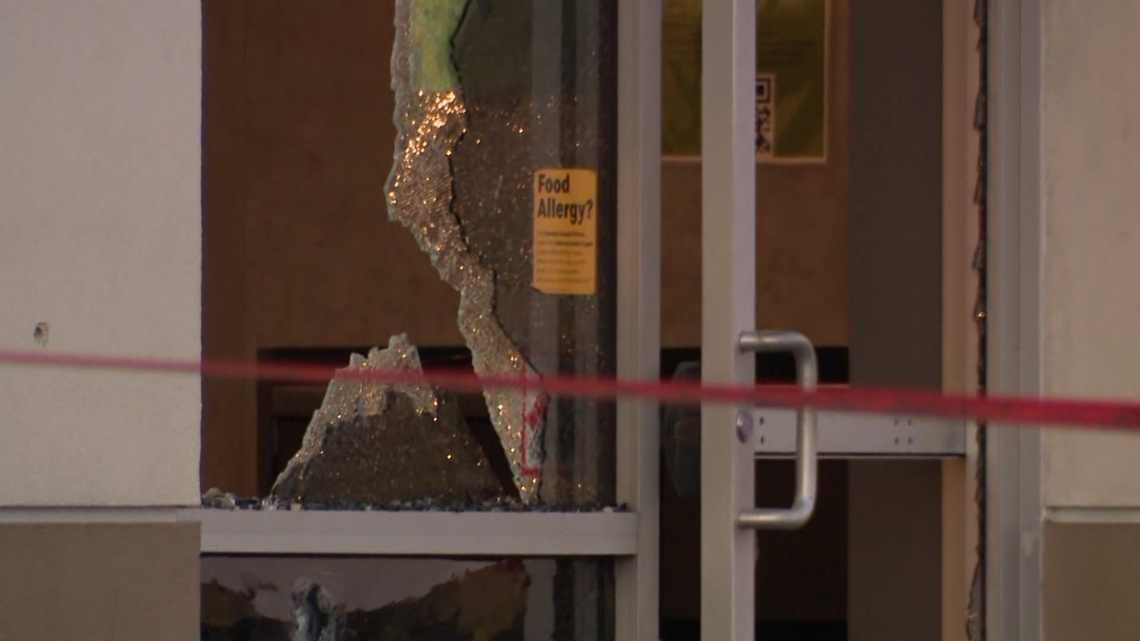
Fast Food Frenzy Turns Deadly: A Look at Gun Violence Among Young People
A seemingly ordinary Sunday afternoon took a tragic turn recently when a seemingly minor altercation at a West Harris County McDonald’s escalated into a shocking gun battle. The incident, involving two groups of young people, highlights a deeply troubling trend: the increasing involvement of youth in gun violence. While the specific details of the confrontation remain under investigation, the incident serves as a stark reminder of the pervasive threat of gun violence in our communities and the urgent need for preventative measures.
The ease of access to firearms, coupled with the volatile emotions often associated with youth, creates a dangerous cocktail. What started as a dispute, perhaps a heated argument over something seemingly trivial, quickly spiraled out of control. The presence of firearms transformed a potentially resolvable conflict into a life-threatening situation, leaving a trail of fear and potential injury in its wake.
The incident underscores the complex interplay of factors contributing to youth gun violence. Societal influences, including exposure to violence in media and the normalization of aggression, play a significant role. Furthermore, underlying issues such as poverty, lack of opportunity, and inadequate access to mental health services can exacerbate existing tensions and contribute to a cycle of violence. The absence of positive role models and supportive communities can leave young people vulnerable to peer pressure and gang involvement, further increasing their risk of engaging in or becoming victims of gun violence.
This McDonald’s shooting isn’t an isolated incident. Similar events, though perhaps not always resulting in gunfire, occur with alarming frequency in communities across the nation. The easy availability of firearms, often obtained illegally or through lax gun control measures, significantly increases the likelihood of escalating conflicts into armed confrontations. This accessibility empowers individuals, particularly young people who may lack maturity and impulse control, to resort to violence as a means of conflict resolution.
Moving forward, addressing this complex issue requires a multifaceted approach. Strengthening gun control laws, while respecting the Second Amendment rights of law-abiding citizens, is crucial. Improved background checks, limitations on high-capacity magazines, and red flag laws can help reduce the availability of firearms to individuals who pose a risk to themselves or others.
Equally important is investing in community-based programs that address the root causes of youth violence. These initiatives should focus on providing young people with access to positive role models, mentorship opportunities, and resources that foster emotional intelligence and conflict-resolution skills. Expanded access to mental health services is also critical, ensuring that young people struggling with mental health challenges receive the support they need to navigate difficult emotions and avoid resorting to violence.
Furthermore, promoting responsible gun ownership and safe gun storage practices within families is essential. Education campaigns that emphasize the dangers of firearms and the importance of conflict resolution can help prevent tragic incidents like the one at the McDonald’s. Open and honest conversations about gun violence, free from political polarization, are crucial to fostering a shared understanding of the problem and forging collaborative solutions.
The McDonald’s shooting serves as a tragic wake-up call. It’s a stark reminder that the pervasive threat of gun violence demands immediate and sustained action. By working collaboratively, combining stricter gun control measures with comprehensive community-based programs, we can create safer environments for our young people and break the cycle of violence that threatens our communities. The lives of our children depend on it.



Leave a Reply